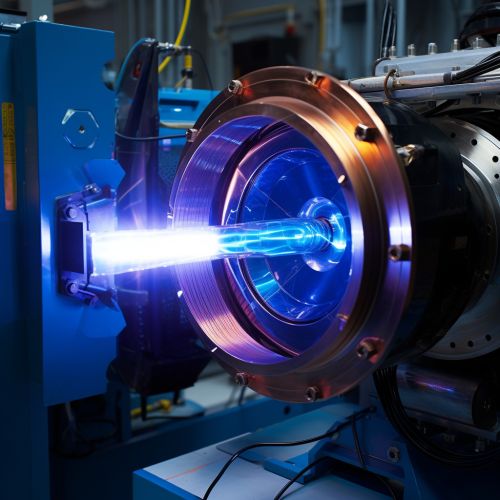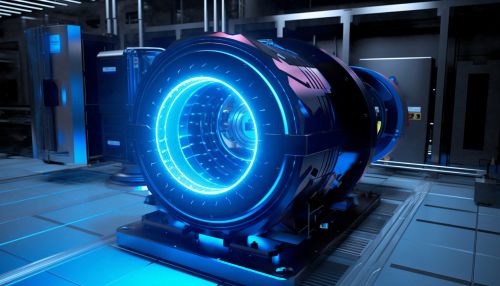Advances in Spacecraft Ion Propulsion Systems
Introduction
Ion propulsion systems, also known as ion thrusters, are a type of electric propulsion used in spacecraft. They work by ionizing a propellant and accelerating these ions to create thrust. This technology has seen significant advances in recent years, leading to more efficient and reliable propulsion systems for spacecraft.


History
The concept of ion propulsion has been around since the early 20th century, with the first practical designs appearing in the 1950s and 1960s. The technology was initially developed by NASA and the Soviet space program, with the first operational ion thruster, the SERT-1, launched by NASA in 1964. Since then, ion propulsion systems have been used in a variety of missions, including interplanetary probes, communication satellites, and deep space exploration missions.
Principle of Operation
Ion thrusters operate on the principle of electrostatics. A propellant, typically a noble gas like xenon, is ionized in the thruster's discharge chamber. This is achieved by bombarding the propellant atoms with electrons, which are accelerated by an electric field. The resulting ions are then accelerated out of the thruster by an electric field, creating thrust. The expelled ions are neutralized by a separate stream of electrons to prevent the spacecraft from gaining a charge.
Types of Ion Thrusters
There are several types of ion thrusters, each with their own advantages and disadvantages. The most common types are gridded ion thrusters, Hall effect thrusters, and Field Emission Electric Propulsion (FEEP) thrusters.
Gridded Ion Thrusters
Gridded ion thrusters are the most common type of ion thruster. They use a series of grids to accelerate ions and create thrust. These thrusters are highly efficient, but they operate at very high voltages, which can lead to erosion of the grids over time.
Hall Effect Thrusters
Hall effect thrusters operate on a similar principle to gridded ion thrusters, but they use a magnetic field to trap electrons and create an electric field. This eliminates the need for high-voltage grids, making these thrusters more durable and long-lasting.
Field Emission Electric Propulsion (FEEP) Thrusters
FEEP thrusters are a newer type of ion thruster that use liquid metal as a propellant. These thrusters are highly efficient and can operate at very low power levels, making them ideal for small spacecraft and microsatellites.
Advances in Ion Propulsion Technology
Recent advances in ion propulsion technology have led to more efficient and reliable systems. These advances include improvements in thruster design, propellant management, and power systems.
Thruster Design
Advances in thruster design have led to more efficient and durable ion thrusters. For example, new materials and manufacturing techniques have reduced grid erosion in gridded ion thrusters, while improved magnetic field designs have increased the efficiency of Hall effect thrusters.
Propellant Management
Improvements in propellant management have led to more efficient use of propellant and longer mission lifetimes. These improvements include better ionization techniques, more efficient propellant feed systems, and the use of alternative propellants.
Power Systems
Advances in power systems have allowed for more efficient and reliable operation of ion thrusters. These advances include improvements in power processing units, better thermal management, and the use of solar or nuclear power for long-duration missions.
Future of Ion Propulsion
The future of ion propulsion looks promising, with several new technologies and applications on the horizon. These include the use of ion propulsion for asteroid mining, interstellar travel, and the development of more efficient and powerful ion thrusters.
